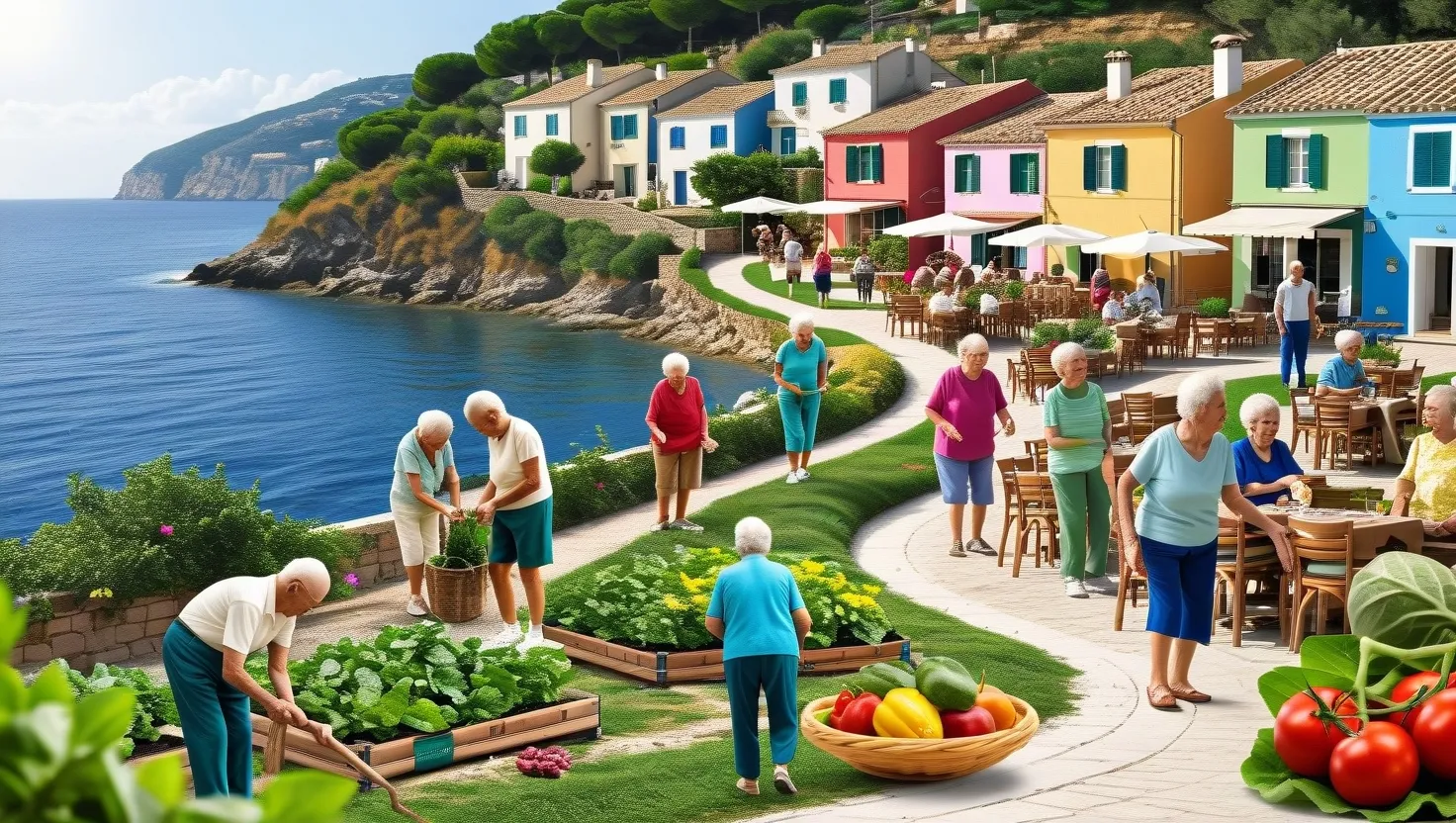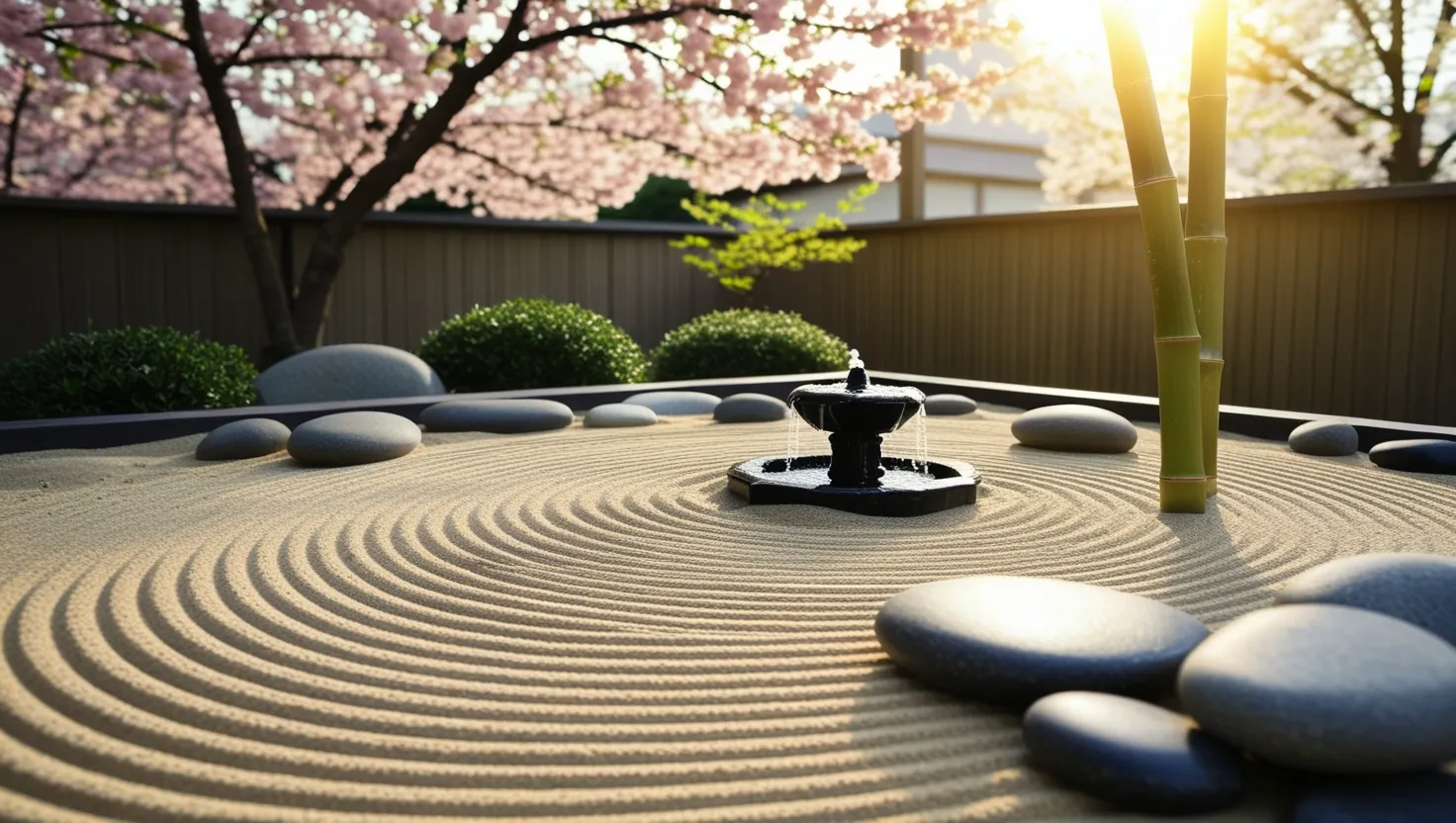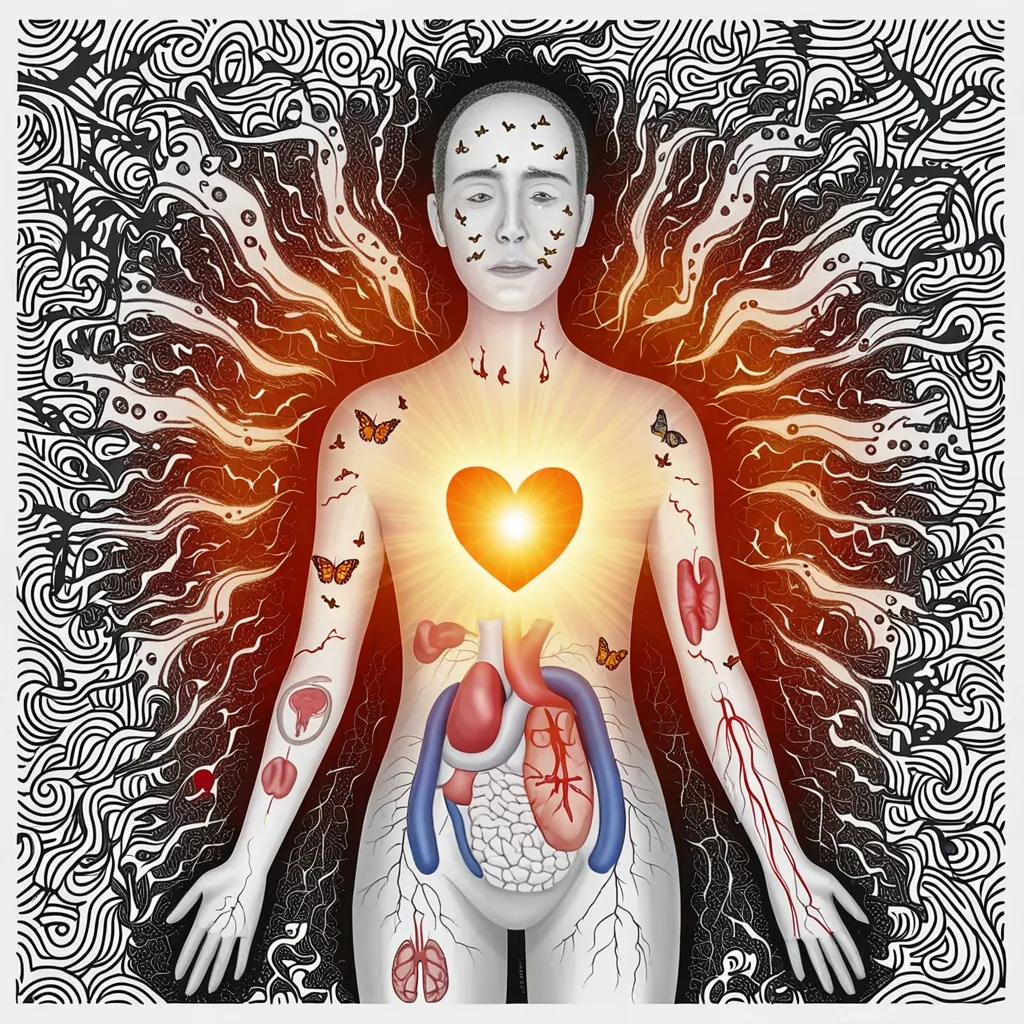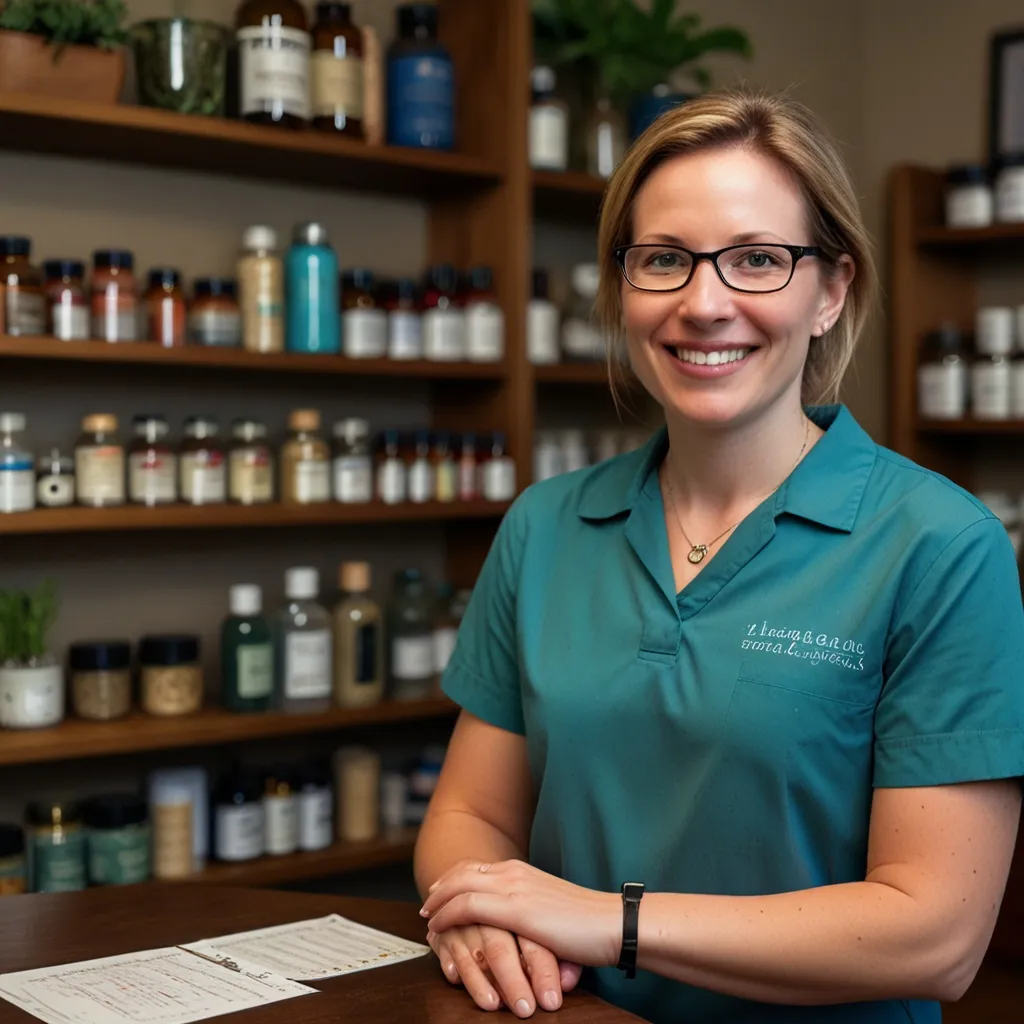In a world where chronic diseases are increasingly common, there are a few pockets of the globe where people live exceptionally long and healthy lives. These areas, known as the “Blue Zones,” have captivated researchers and the general public alike, offering valuable insights into the secrets of longevity.
My journey to understand these Blue Zones began with the realization that genetics play only a minor role in determining our lifespan. While genetics account for about 20-30% of our longevity, it is our lifestyle and environmental factors that make up the bulk of the difference. This led me to explore the five identified Blue Zones around the world: Ikaria, Greece; Okinawa, Japan; Sardinia, Italy; the Nicoya Peninsula, Costa Rica; and Loma Linda, California, home to a community of Seventh-day Adventists.
Diet: The Foundation of Longevity
One of the most striking aspects of the Blue Zones is the diet of their inhabitants. In these regions, people primarily consume a 95% plant-based diet, rich in locally sourced fruits, vegetables, and whole grains. In Ikaria, for instance, the traditional Mediterranean diet is heavy on olive oil, red wine, and homegrown vegetables. The Okinawans rely on soy-based foods, sweet potatoes, and various other plant-based staples. Similarly, in the Nicoya Peninsula, the diet is centered around beans and corn tortillas.
What is fascinating is that these diets are not about restriction or counting calories; instead, they are about celebrating food as a part of daily life. People in the Blue Zones do not weigh protein grams or read labels; they simply eat what is available and nutritious. For example, Okinawans have a saying, “Hara hachi bu,” which means eating until you are 80% full, a practice that helps prevent overeating and promotes a healthier relationship with food.
Physical Activity: Natural Movement
Physical activity is another key component of life in the Blue Zones, but it is not about hitting the gym or running marathons. Here, people move naturally as part of their daily routines. In Sardinia, men still hunt and harvest their food, while in Okinawa, gardening is a common activity that keeps people active well into old age. This natural movement is integrated into daily life, making physical activity a seamless part of their culture.
Stress Reduction and Purpose
Stress is a universal issue, but the way people in the Blue Zones manage it is unique. They have developed routines to shed stress, which is crucial since chronic stress can lead to inflammation and various age-related diseases. Okinawans take moments to remember their ancestors, while Ikarians take naps. In Sardinia, happy hour is not just about drinking; it’s about socializing and relaxing with friends and family.
Having a clear sense of purpose is also vital. The Okinawans call it “ikigai,” or “why I wake up in the morning,” while the Nicoyans refer to it as “plan de vida.” Knowing your purpose can add up to seven years to your life expectancy, highlighting the importance of having a reason to get up every day.
Social Structures and Community
The social structures in the Blue Zones are another critical factor in their residents’ longevity. Family is at the heart of these communities. In all the Blue Zones, families are close-knit, and aging parents often live with their children or nearby. This not only reduces disease and mortality rates but also ensures that children are more likely to care for their aging parents in the future.
Social circles also play a significant role. In Okinawa, for example, people form “moais,” small social groups that provide support and encouragement throughout life. Similarly, in Loma Linda, the Seventh-day Adventists live in tight-knit communities where faith and social support are integral parts of daily life.
Faith and Community Engagement
Faith is another common thread among the Blue Zones. Almost all the centenarians interviewed belonged to some faith-based community, and attending faith-based services regularly can add four to 14 years to one’s life expectancy. This is not just about the spiritual aspect but also about the social support and sense of belonging that these communities provide.
Environmental Factors
The environment in which people live also significantly impacts their health. In the Blue Zones, people often live in areas that naturally nudge them towards healthier behaviors. For instance, in Sardinia, the mountainous terrain encourages physical activity, while in Okinawa, the availability of fresh, locally grown produce makes healthy eating easier.
Lessons for Global Health
So, what can we learn from these extraordinary communities? One of the most important lessons is that creating healthy environments is key. Simply putting the responsibility on individuals to make healthy choices does not work; instead, policy and environmental changes can make the healthy choice the easy choice. This is what the Blue Zones Project has been doing in communities across the United States, with significant success in increasing life expectancy and reducing obesity.
Another lesson is the importance of integrating health into daily life rather than treating it as a separate activity. By making physical activity, healthy eating, and stress reduction part of our daily routines, we can significantly improve our health outcomes.
Personal Reflections
As I delved deeper into the lives of people in the Blue Zones, I couldn’t help but reflect on my own lifestyle. I realized that many of the habits that contribute to longevity are not complicated or expensive; they are simple and often enjoyable. For instance, taking a short walk after dinner or spending time with family and friends can make a significant difference.
In an aging world, the secrets of the Blue Zones offer a beacon of hope. By adopting some of these practices—eating more plant-based foods, moving naturally, reducing stress, and fostering strong social connections—we can all live healthier, longer lives. It’s not about trying to live to 100; it’s about living each day with purpose, joy, and good health.
The Blue Zones remind us that longevity is not just about individual choices but also about the environments and communities we create. By learning from these extraordinary communities, we can revolutionize global health and well-being, one small step at a time.






